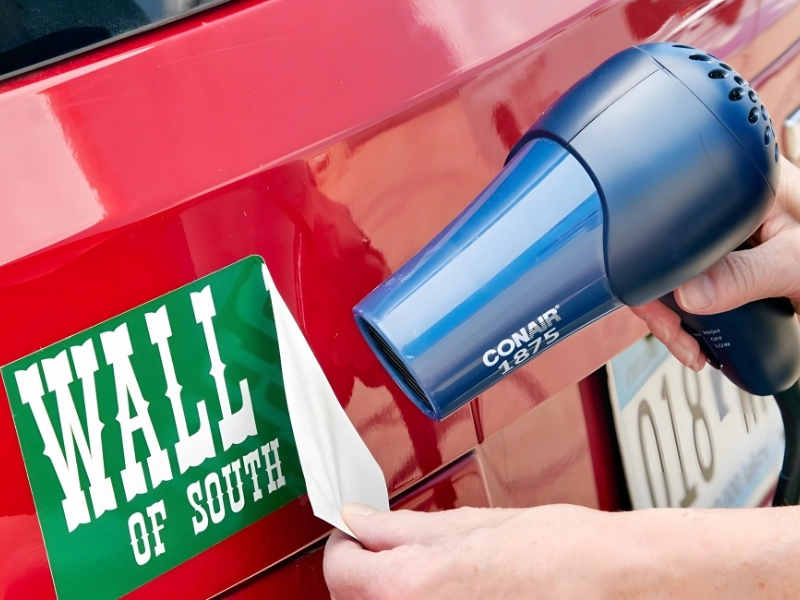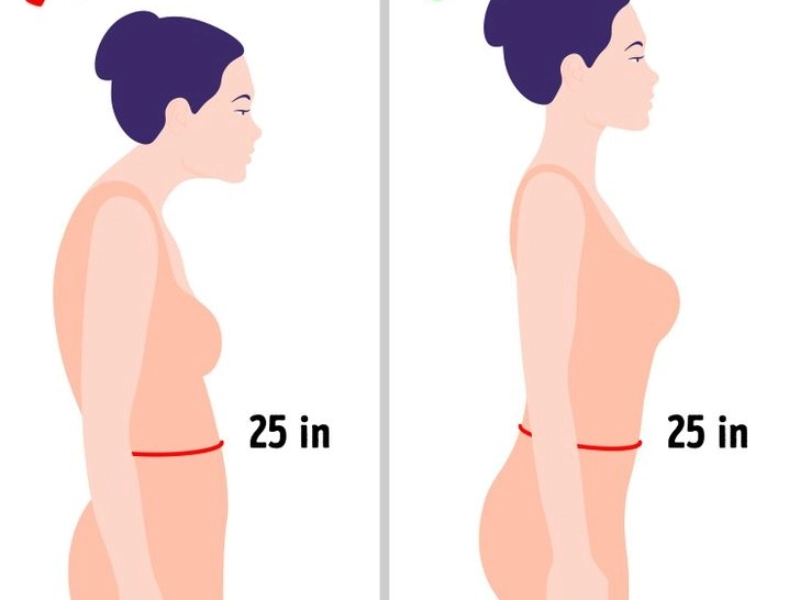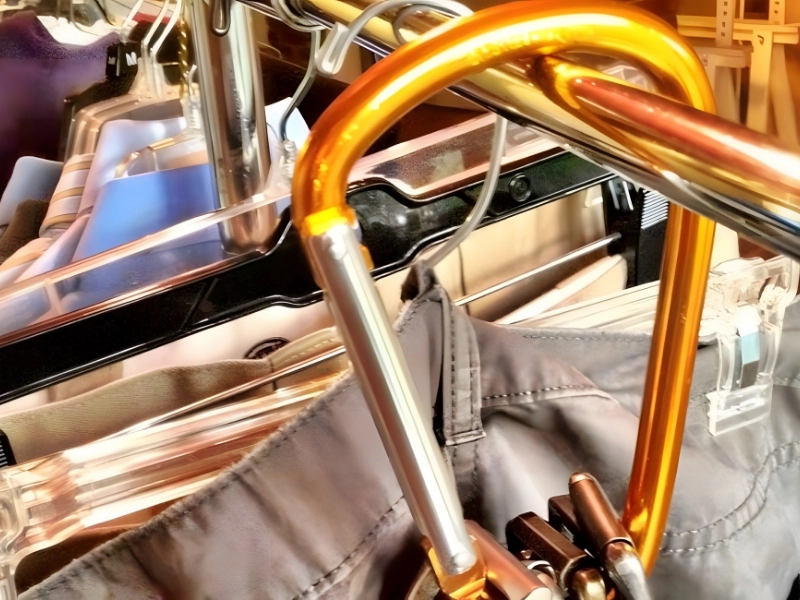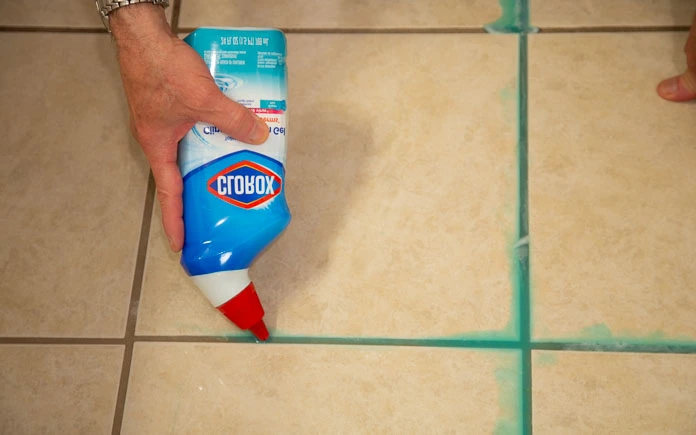2. Hair Dryer and Bumper Stickers
The best places to buy are Amazon and beauty supply stores.Average Cost of Product: $20 to $100*

### Using a Hair Dryer to Remove Bumper Stickers
To begin the process, you'll need a hair dryer with a high heat setting. Plug in the hair dryer and turn it on, setting it to the maximum heat setting. The high temperature is crucial as it helps to soften and melt the adhesive that holds the sticker in place. Once the hair dryer is heated up, position it approximately six inches away from the sticker. This distance ensures that the heat is concentrated enough to be effective but not so close that it risks damaging the car's paint.
Hold the hair dryer steady and wave it back and forth in tandem with the sticker. This motion ensures even heating across the entire surface of the sticker, which is essential for loosening the adhesive uniformly. Be patient during this step, as it may take several minutes for the heat to penetrate the sticker and melt the glue sufficiently.
As you wave the hair dryer over the sticker, periodically check to see if the edges of the sticker are beginning to lift. You can do this by gently using your fingernail or a plastic scraper to test the edges. Avoid using metal tools, as they can scratch the car's paint. Once you notice that the edges are starting to lift, continue applying heat while gently peeling the sticker from one corner. If the sticker resists, apply more heat and try again. The key is to keep the adhesive warm and pliable to facilitate easy removal.
If the sticker is particularly stubborn, you may need to repeat the heating and peeling process several times. Persistence is essential, as some stickers, especially those that have been on the car for a long time, may require more effort to remove. Be careful not to rush the process, as forcing the sticker off can leave behind adhesive residue or damage the paint.
Once the sticker is removed, you may notice some leftover adhesive on the car's surface. To remove this residue, you can use an adhesive remover or rubbing alcohol. Apply a small amount to a clean cloth and gently rub the area until the adhesive is gone. Afterward, wash the area with soap and water to remove any remaining cleaner and restore the car's finish.
In conclusion, using a hair dryer to remove bumper stickers is a straightforward and effective method. By applying heat to soften the adhesive, you can peel off unwanted stickers without damaging your vehicle's paint. This technique requires patience and persistence, but with careful application, you can successfully remove even the most stubborn stickers. So, the next time you find yourself regretting a bumper sticker, reach for your hair dryer and follow these steps to restore your car's pristine appearance.
Recommended Reading: 13 Mind-Blowing Photos That Will Leave You Speechless
You are viewing page 2 of this article. Please continue to page 3
























A reliable prioritization compass.
Practically latency-free adoption.
This could anchor a mini-course.
Sharpened my lens.